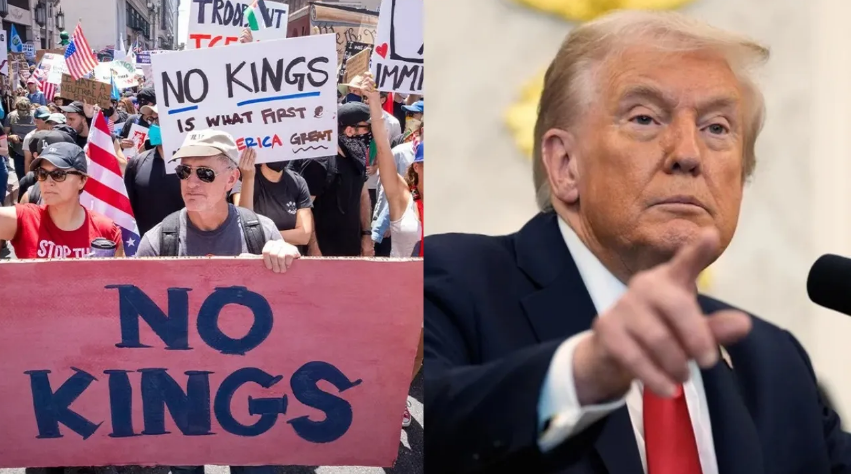Since assuming office, U.S. President Donald Trump has pursued an aggressive agenda through a series of executive orders, drawing widespread criticism both domestically and internationally. Critics, including Americans from various walks of life, have accused his administration of authoritarian practices. In response, protests under the banner of “No Kings” were held in the past, highlighting public discontent with his governance. On October 18, organizers called for another nationwide wave of demonstrations, with over 2,500 protest events planned across all 50 states. Support for the protests was also seen in several European countries.
During Trump’s tenure, significant reforms led by initiatives such as the Department of Justice Overhaul under Elon Musk’s guidance resulted in thousands of job losses. The administration also implemented controversial changes in areas such as public citizenship, transgender rights, and immigration enforcement. Aggressive crackdowns on immigrants further fueled public anger, prompting large-scale demonstrations across the country.
The “No Kings” protest in Washington, D.C. is exploding in size — over 100,000 expected, and it already looks like that number’s been shattered.
The streets are packed. The message is clear: America is done with Trump’s monarchy fantasy. #NoKings pic.twitter.com/Nbz6P8rbGd
— Brian Allen (@allenanalysis) October 18, 2025
To manage the protests, the Trump administration deployed National Guard troops in several states, a move that escalated tensions. Organizers of the “No Kings” movement emphasized that America should have no “kings” and criticized the administration for corruption and authoritarianism. The renewed protests aim to assert citizens’ opposition to perceived injustices and reinforce democratic accountability.
Meanwhile, Republican leaders have strongly condemned the demonstrations, labeling them as “anti-America” and claiming that many participants are politically disengaged. The party has argued that the protests misrepresent mainstream American sentiment, framing the movement as an attack on national values rather than legitimate civic dissent. Despite these counterclaims, the protests reflect ongoing societal divisions and growing public scrutiny of Trump’s policies.






